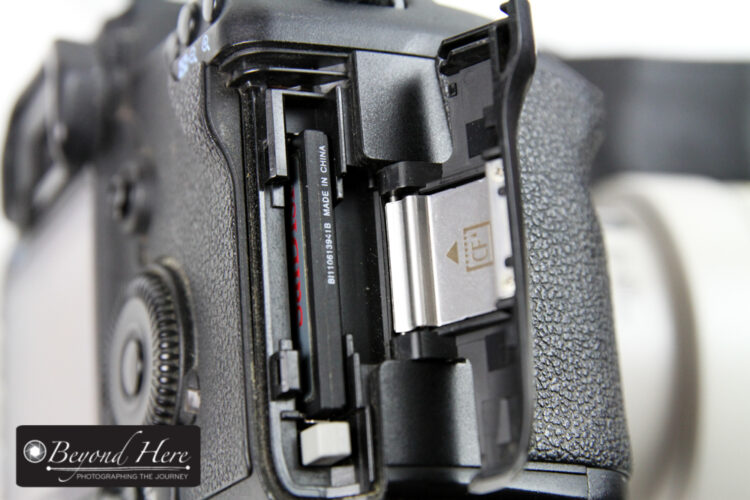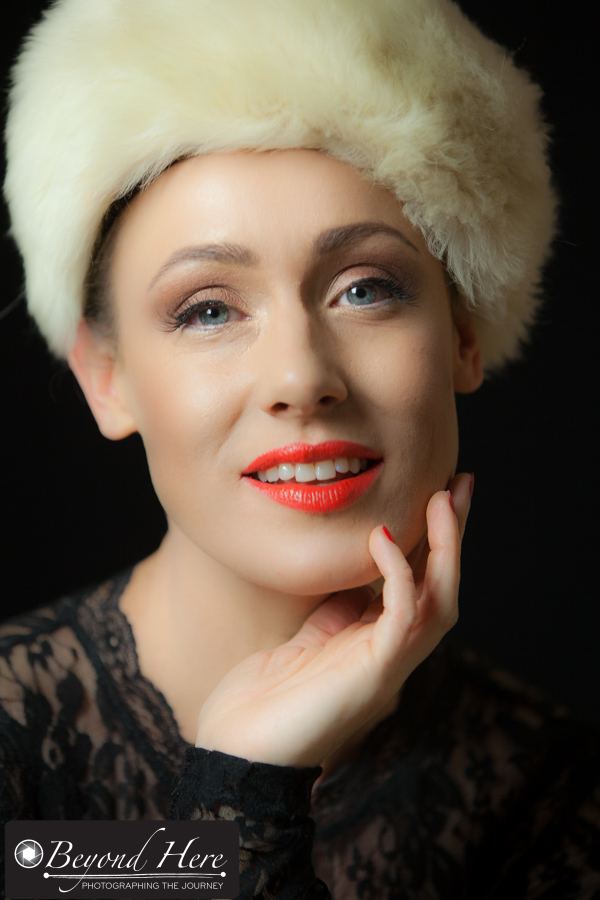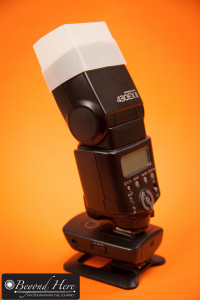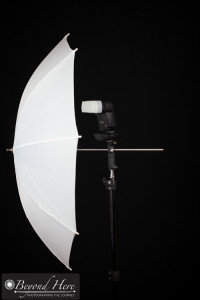Today’s post on Beyond Here is from Julie and Victor at Propjar.
Propjar is all about props. They supply photography props for newborn, maternity, family and portrait photo shoots. Based in Melbourne, Australia they ship their products worldwide. For shipping within Australia – all shipping is currently free. And for international addresses, shipping is currently free for all orders over $50. Check out the Propjar website for more details. Read on for more about newborn photography props.
Silk extravaganza for newborn photography!
The current trend in newborn photography is creating organic images, whether it’s in gorgeous neutral tones or with splashes of bold color.
A lot of the products used to create these images are very hard to clean, and some, in particular synthetic products, can be very harsh on baby’s skin.
Natural silk is the solution!
Silk is super soft and squishy, and gives a gorgeous natural, organic feel to images. Not only is it very gentle on baby’s delicate soft skin, but it always amuses us how parents just can’t get enough of touching the silk and exclaiming with ooooh’s and aaaaah’s. And because these little clouds of softness can be gently hand washed after each photo shoot, you’ll be able to use them many times over. As a newborn photographer, you will know just how much cleaning is involved after a newborn shoot. To have a product that cannot be cleaned properly can become a real headache.
We highlighted in our maternity photography props post that building a bond and rapport with your mum-to-be client, and understanding what she’s comfortable with, was critical for building a relationship that can lead to follow up business, such as newborn photo shoots.
The same applies to the parents of your newborn client. Making sure baby is comfortable and safe with whichever props you choose to use to capture this special moment, will help you in building this bond and trust with the family.

Image copyright Jamie Lee Photography
If you’re able to do this, you’ll be remembered when it comes time for baby’s one year old birthday cake smash, toddler portraits, family portraits and any other photo sessions the family may want.

Image copyright Emily Clare Photography
If we can leave you with one tip, it’s that in business, it’s far easier and cheaper to sell to existing clients who are also fans you’ve connected with, than it is to find new clients. That’s why connecting with your fans / clients is so important to building a thriving and sustainable business.
At Propjar we’ve created a range of silk props available in 22 colors.
Our super soft silk swirls can be used as a wrap, layer, or basket stuffer.

Combine the nest with layers such as the Propjar stretch wrap. Image copyright Jamie Lee Photography.
The versatility of the Propjar silk nest allows has proven to be a real hit with photographers and their clients. These nests come with a removable cover, with extra covers available to purchase, so that you can change the color of your nest to suit your theme.

Look at those gorgeous eyes! Propjar silk swaddle sack being used with a silk nest. Image copyright Siobhan Wolff Photography.
Because this soft nest ring makes it easy to pose both newborns and older babies, you’re able to give parents who may have left their newborn photo shoot a bit late to still get wonderful memories of baby. The posing options are endless. Use it as is on an old wooden floor with character, or perhaps a posing faux fur. Or anything else your creativity allows.
Thank you Julie and Victor at Propjar for this post for Beyond Here. Newborn photography props can assist in creating outstanding images. If you are looking for a great source of those props, please visit the Propjar website.































